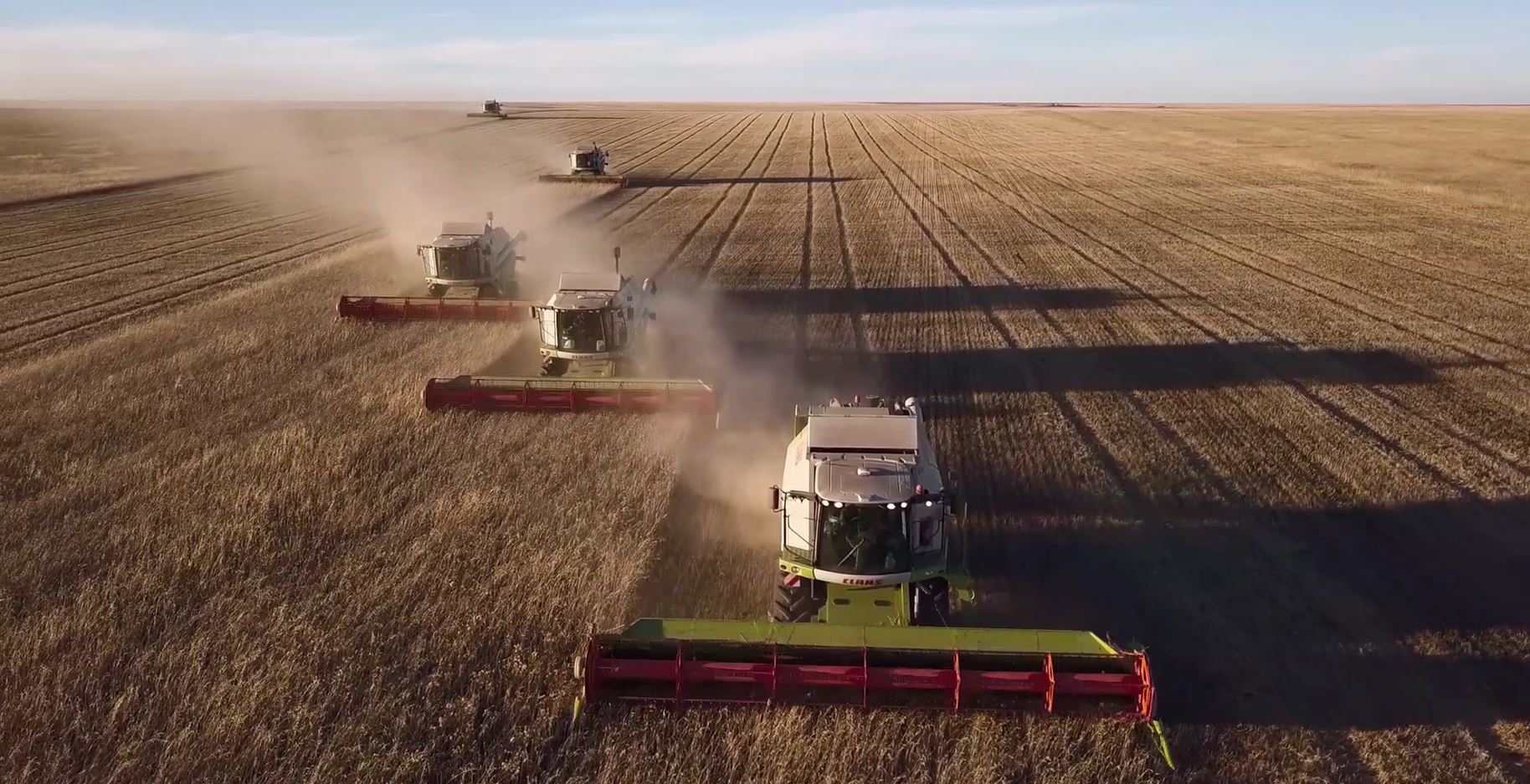4 Steps to Get Started with Precision Ag
May 24, 2020

There are seemingly endless benefits to adopting precision ag equipment and technology on your farm. Precision agriculture can help save you valuable time and product while increasing your ROI in overall efficiency and profit.
A 2016 USDA Economic Research Service report found that the average farm operating profit of precision ag adopters was $66 per acre higher than non-adopters.
But figuring out how to get started with precision ag and determining which technologies to adopt takes some thoughtful analysis. Here are four steps to get started with success.
1. Identify Your Goals
Any investment you make in your operation, whether it’s a planter, fertilizer, or precision ag solution, needs to be purchased with the intention to achieve a specific goal.
Before buying a precision ag product or service, ask yourself: What problem will this help me solve?
Let’s review some common issues farmers face and which precision ag options offer solutions.
Problems: I’m tired from driving; I’m running over plants during in-field operations
Solution: Guidance and steering, corrections services
Implementing guidance and steering solutions like Trimble’s Autopilot frees up farmers to focus on the operation taking place instead of driving, which not only reduces operator fatigue but allows farmers to catch and correct any errors immediately.
But even with auto steer, vehicles may not follow a guidance line perfectly straight. Instead, they’ll “snake” their way across that line as they move down the field, which can lead to damaged crops during future passes. Correction services like RTX solve this problem by keeping the vehicle within a half-inch of deviation on either side of the guidance line.
Problems: I don’t know where there could be improvements; I have data, but I don’t know how to interpret it
Solutions: Yield monitors, software management
If you’re not sure what problems you need to solve or where you could make improvements to your operation, then you need data. Yield monitors are one of the best solutions for collecting data and help you evaluate what’s going on in your fields. The more data you have, the better informed your decisions will be.
But if you have data and don’t know how to interpret it or what your next action steps should be, software management can help you make sense of the information and identify what problems you need to correct.
Problems: My crops are inconsistent; I’m overapplying inputs
Solution: Variable-Rate Technology
If your goal is to have a uniform crop and to only apply inputs exactly where they’re needed at the right amount, you need variable-rate technology. By utilizing yield and soil maps to create prescriptions, variable-rate will allow you to apply different rates of seed, fertilizer, and other inputs to different areas of a field. Areas naturally high in nutrients, for example, may receive less fertilizer, while lower areas may receive more.
For more examples of precision technologies and the problems they solve, check out the FREE Ultimate Guide to Precision Ag ebook.
2. Do Your Research
One way to ensure you’re making a smart purchase is to find reviews and testimonials of the precision ag products you’re interested in from farmers with similar problems and goals.
While some solutions like guidance and steering will likely be a smart investment on any farm, the benefit of others may depend on your operation. For example, a farm with broad-acre crops may not see the same benefits of high accuracy corrections services as a farm with high-value row crops.
Consider the climate, crops, acres and other key aspects of someone else’s operation to gather a fair assessment of whether the technology will have a similar impact on your farm.
3. Ensure Interoperability
Once you’ve decided on a precision ag technology to invest in, you need to check that it will work with your existing equipment and any precision ag technology you already have. Otherwise, you may not reap the full benefits of precision ag and may wind up with more problems than you started with.
Farm software should be able to automatically sync guidance lines, field names, boundaries, materials, implements, vehicles and operator info across all devices on the farm so that data is available everywhere at all times. And check to see if your equipment uses ISOBUS, as this is the industry standard that allows machines, implements and displays to “talk” to each other, regardless of brand.
4. Get Support
You don’t have to venture into precision ag alone. Trimble’s resellers, including our premier Vantage network, can give you guidance on what precision ag products will benefit you the most, help you get set up and provide support when you need it.
If you’re ready to get started with precision ag, find your nearest Trimble reseller here. For more information on precision ag and what it can do for your operation, check out the Ultimate Guide to Precision Ag ebook today.
Tags: farm software, farming, how to start using precision ag, planting, Precision Ag, precision agriculture, seeding, variable rate technology, yield monitors